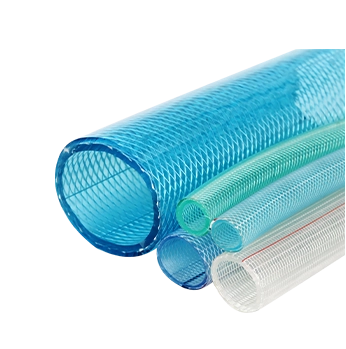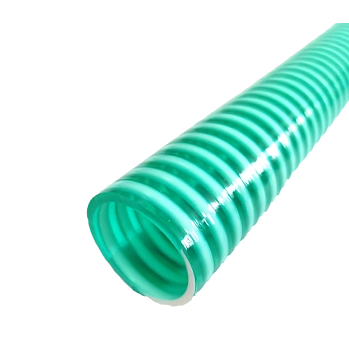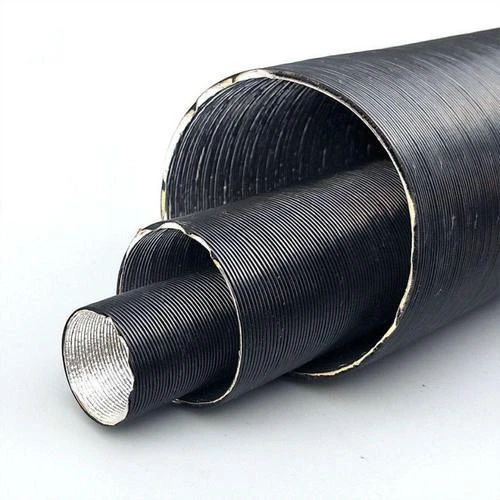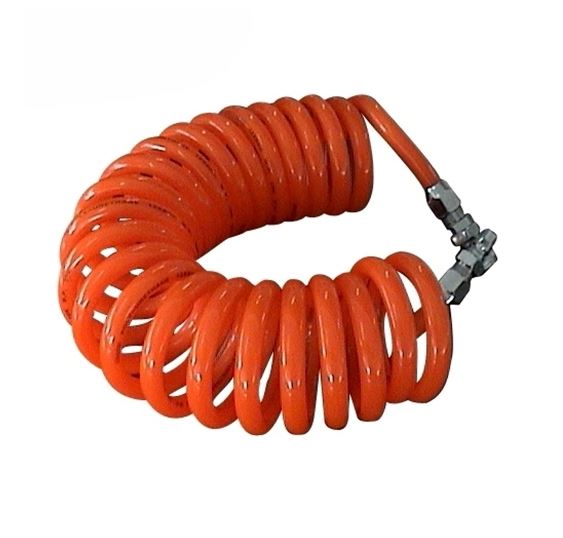lay flat hoses
The Versatility and Benefits of Lay Flat Hoses
In various industries and everyday applications, effective water management is crucial. One innovative solution that has gained popularity is the lay flat hose. This flexible, lightweight solution is designed to transport water efficiently, making it an indispensable tool in agriculture, firefighting, construction, and many other fields.
What Are Lay Flat Hoses?
Lay flat hoses, as the name implies, are hoses that can be laid flat on the ground when not in use. Unlike traditional hoses that are usually round and bulky, lay flat hoses are designed to collapse and roll up effortlessly. They are typically made of durable materials, such as PVC or rubber, which provide strength and flexibility while preventing kinking and twisting that can impede flow.
Key Advantages of Lay Flat Hoses
1. Space-Saving Storage One of the most significant advantages of lay flat hoses is their ability to save space. When not in use, they can be stored in compact rolls, making them ideal for environments with limited storage space. This feature is particularly beneficial for seasonal users, such as farmers or landscaping companies, who require hoses only during specific times of the year.
2. Lightweight and Portable Lay flat hoses are significantly lighter than traditional hoses, which makes them easier to handle and transport. This portability is essential for industries like firefighting, where quick deployment is necessary. Firefighters can quickly unravel and extend the hose to reach the source of a fire without the burden of heavy equipment.
lay flat hoses
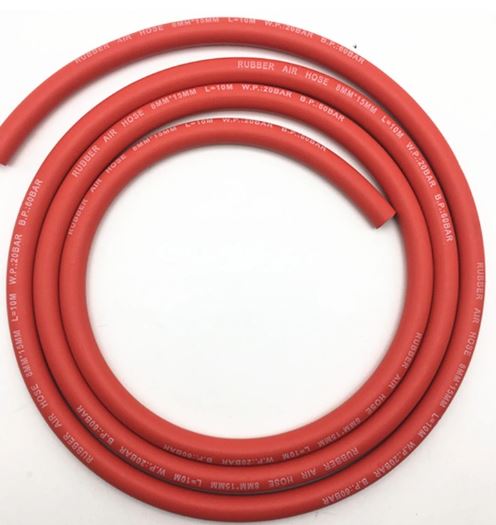
3. Versatile Applications These hoses are designed for a myriad of applications. In agriculture, lay flat hoses are commonly used for irrigation systems, allowing farmers to distribute water evenly across large fields. In construction, they facilitate the transportation of water for dust control, soil compaction, and mixing concrete. Their versatility extends to recreational applications as well, including draining pools or ponds.
4. Durability and Reliability Constructed from robust materials, lay flat hoses are designed to withstand various environmental conditions. They are resistant to abrasion, UV rays, and certain chemicals, making them suitable for both indoor and outdoor use. The long lifespan of these hoses reduces the need for frequent replacements, making them a cost-effective choice in the long run.
5. Easy to Connect Lay flat hoses typically feature standard fittings, allowing users to easily connect them to pumps, sprinklers, or other equipment. This ease of connection simplifies the setup process and ensures a secure fit to prevent leaks.
Conclusion
Lay flat hoses represent an essential tool for efficient water management in a variety of settings. Their ability to save space, combined with their lightweight design and durability, makes them a preferred choice for professionals across different industries. Whether it is for agricultural irrigation, firefighting efforts, or construction projects, lay flat hoses deliver the reliability and functionality needed to get the job done.
As we move towards more sustainable and efficient practices in water management, the popularity of lay flat hoses is likely to continue to rise. Their practical benefits not only improve operational efficiency but also contribute to better resource management. For those in need of reliable water transfer solutions, the lay flat hose should undoubtedly be on the radar as an optimal choice.
-
The Essential Role of LPG Hoses in Safe and Efficient Gas DistributionNewsJul.16,2025
-
The Crucial Role and Varieties of LPG Gas HosesNewsJul.16,2025
-
PVC Flexible Hoses in Industrial Applications: A Comprehensive OverviewNewsJul.16,2025
-
High - Pressure LPG Hoses - Ensuring Safety and Efficiency in Fuel TransferNewsJul.16,2025
-
Essential Tools for Welding Operations: Oxy - Acetylene HosesNewsJul.16,2025
-
Essential Connections - LP Gas Hoses and Their VariantsNewsJul.16,2025



